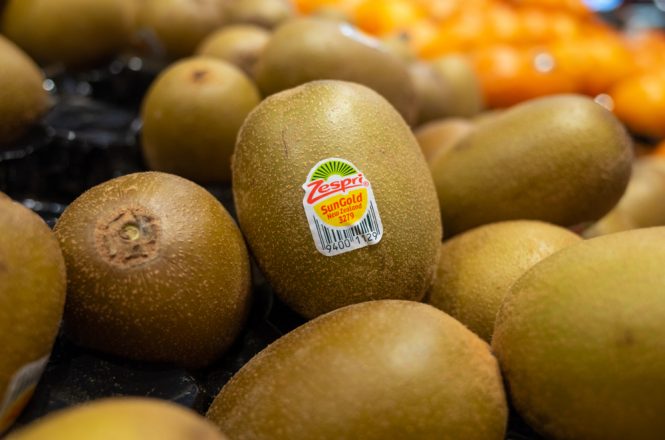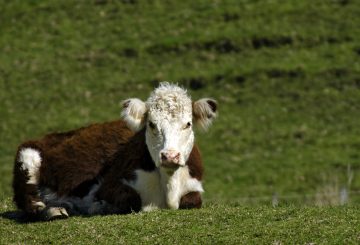ゼスプリは、タウランガ港から2021年のニュージーランド産キウイフルーツの最終ロットを出荷したと、同社ウェブサイトのプレスリリースで発表しました。この出荷で、ニュージーランドのキウイフルーツのシーズンは無事終了しました。最終的な出荷量は1,800トンで、12月上旬に日本の東京港と神戸港で荷揚げされ、一部のコンテナは香港に輸送される予定です。
ゼスプリ社のグローバル・サプライ・オフィサーであるAlastair Hulbert氏によると、今シーズンの世界的な輸送網の混乱により、ゼスプリはキウイフルーツの海外港への配送をチャーター冷凍船に頼ることが多くなり、昨年は49隻だったのが今年は66隻のチャーター冷凍船を使用したとのことです。COVID-19のパンデミックの影響が続く中、ゼスプリは今シーズン、約1万7000個の冷蔵コンテナを使用し、1億7700万トレイ(約62万トン)以上のクラス1のキウイフルーツを世界中の顧客に出荷することに成功しました。
Hulbert氏は、「今シーズンは、労働力不足とコスト上昇の両方に加え、COVID-19による複雑さと不確実性が加わり、これまでで最も難しいシーズンのひとつとなったことは確かです。2022年のシーズンに向けても、我々が直面している課題は残りそうです」と述べています。
ゼスプリは今年、黄色い果肉のサンゴールドキウイフルーツの輸出で新記録を達成し、初めて1億トレイを超える出荷をしました。一方、グリーンキウイフルーツの輸出は約7700万トレーに達しました。
11月のインタビューで、ゼスプリのグレーターチャイナ担当ゼネラルマネージャーであるMichael Jiang氏は、グレーターチャイナ地域におけるニュージーランド産キウイフルーツの売上が、今年初めて標準トレイ4000万個を超えたとProduce Reportに語っています。中国本土での売上はすでに3,000万トレイを超え、年内には3,300万トレイを超える可能性があります。
中国は今やゼスプリにとって最大かつ最も重要な市場となり、特にサンゴールド・キウイフルーツの世界市場シェアの25%以上を占めています。言い換えれば、ゼスプリのサンゴールド・キウイフルーツ輸出のうち、4トレイに1トレイが中国市場向けということです。ゼスプリ社は、中国本土での売上は5年ごとに倍増し、ニュージーランド産キウイフルーツの売上は2026年までに標準トレイの総量で6,000万〜7,000万個に達すると予測しています。
情報元:Produce Report






























































